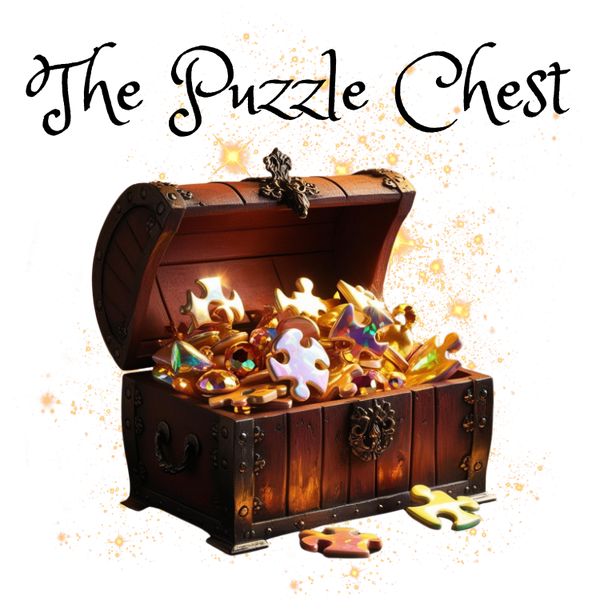
How to Choose the Right Puzzle Difficulty for You
Whether you're a beginner or a seasoned puzzler, choosing the right difficulty can make or break your puzzling experience. Too easy and you might lose interest. Too hard and frustration can take over. But just right? That’s where the puzzle magic happens.
Here’s how to find the perfect puzzle difficulty for your skill level, mood, and goals.
🧩 Start with Piece Count
The most obvious measure of puzzle difficulty is piece count. Here's a quick guide:
- 100-300 pieces: Great for beginners, kids, or a quick relaxing session.
- 500 pieces: A satisfying mid-level challenge for casual puzzlers.
- 1,000 pieces: The gold standard for puzzle lovers who enjoy a solid challenge.
- 1,500+ pieces: Best for experienced puzzlers looking for an extended project.
Remember: more pieces means more sorting, more patterns, and more patience!
🧠 Consider Image Complexity
Even a 500-piece puzzle can be tough if the image is complex. Things to look for:
- Simple images (distinct colors, clear lines) are easier to piece together.
- Busy or repetitive patterns (sky, leaves, fur) increase the challenge.
- Gradient puzzles and monochromatic designs can be deceivingly hard, even with fewer pieces.
Tip: Always check the image before buying. A beautiful picture doesn’t always equal a fun experience—especially if you're not ready for the challenge.
🕰️ Think About Time and Mood
Do you want a cozy evening puzzle or a weekend-long puzzle marathon?
- For relaxation or stress relief, go easier. Smaller puzzles offer quicker gratification.
- Want to zone in and really focus? Go for more challenging designs and higher piece counts.
- Doing it with friends or family? Choose a collaborative size (like 500–1,000 pieces) and a fun image that everyone enjoys.
🧍 Know Your Audience
If the puzzle is a gift, consider:
- Age and experience: Kids and seniors might prefer large-piece, low-count puzzles.
- Interests: Choose images that reflect hobbies—cats, maps, art, food, etc.
- Ability: For anyone with limited vision or dexterity, look for large-format pieces and clear imagery.
💡 Final Thoughts
The best puzzle for you is the one that matches your mood, experience, and enjoyment level. Puzzling should be fun, not frustrating! Start where you feel confident, challenge yourself gradually, and most of all—enjoy the process.
Because whether it's 100 pieces or 5,000, every puzzle is a little journey. Choose the right path, and it’ll be one worth taking. Discover unique, beautiful, and one-of-a-kind puzzles at The Puzzle Chest, where every puzzle is a treasure waiting to be discovered.
👉 Shop Now and Find Your Next Puzzle Adventure!
Until next time—stay curious, stay cozy, and keep puzzling!
– The Puzzle Chest Team
